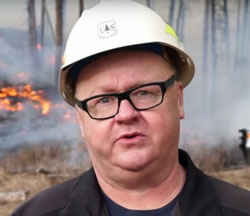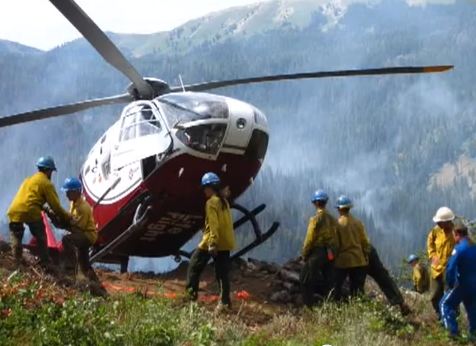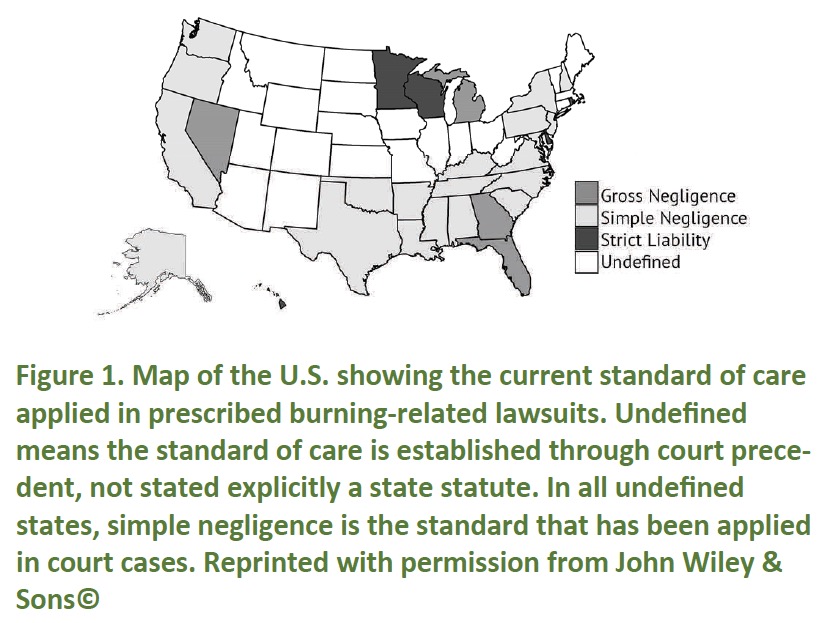The U.S. Forest Service announced that Todd Pechota, Forest Fire Management Officer (FMO) on the Black Hills National Forest, is the recipient of the 2015 National Forest FMO of the Year award. He received the honor during a recent ceremony at the U.S. Forest Service Regional Office in Colorado.
The Black Hills National forest is in the Black Hills of western South Dakota and northeast Wyoming.

The award recognizes the most outstanding fire manager in the U.S. Forest Service each year. It has a long and prestigious history of honoring fire managers who have exhibited exceptional leadership in Forest Fire Management leadership as a Forest Fire Management Officer.
“Todd is an exceptional leader in wildland fire,” said Craig Bobzien, Black Hills National Forest Supervisor. “This award is a testament to the work he has accomplished. It underscores the relationships he has developed locally and across the nation, and the special care that he has shown for all those that have worked with him.”
In addition to his position as FMO on the Black Hills National Forest, Pechota serves as the Incident Commander for the Rocky Mountain Type 1 Incident Management Team and is past Chairman of the Great Plains Regional Dispatch Board of Directors.









